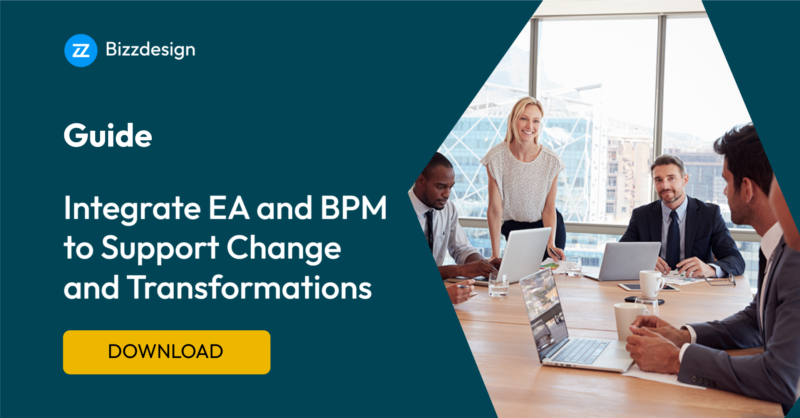Fundamentals of Business Process Management
The fundamentals of business process management often start with business process models. Business process management practitioners face many challenges, among others, managing their process models in a structured way. Some practitioners struggle with process models that are hard to maintain and manage and views that don’t give a transparent view of the enterprise.
Business process models are a powerful means to describe, analyze and communicate processes. Putting effort into the design and how you document and publish your models is key to success.
How can you optimally use business process models?
- Determine the objective
Making process models is never an objective in itself. Process models contribute to achieving an objective. For example, process models enable you to compare alternative process flows to shorten the production time of, for example, bikes. What is it that you need to achieve? In this blog, I use the example of the fictitious organization ‘BizzCorp’ which works with numerous long-term projects. The main objective for BizzCorp would be: to use process models to reduce the time it takes to onboard employees. Their secondary objective is facilitating projects by using the right templates and procedures while working.
- Determine focus groups
Who should use the process models? Put yourself in the shoes of the people in your focus groups; imagine what type of people they are and in what situations they use your process models. For example, our organization Bizz has several focus groups: project managers, project members, division management, and supporting staff of projects. Besides these groups of end users of the process models, another focus group consists of the process owners responsible for maintaining the models.
- Describe what information is required per focus group
Start by breaking down the required information. Creating awareness of responsibilities requires insight into tasks and roles not many in-depth descriptions of how to use an application. Make choices; too much information in one model overwhelms people. Also, check whether your focus groups validate your choices. In the example of BizzCorp, project managers request logical models of the general project processes. For them, a process model should describe what needs to be done and in what order:
• Who is involved in what way using RACI standards (a responsibility assignment matrix);
• Insight into the involved risks and controls per activity
• Easy accessibility of templates and procedures Source: Bizzdesign Horizzon
Source: Bizzdesign Horizzon
- Discover in what way the information should be presented to the focus groups
This can make or break your success. Focus groups have different experiences concerning ‘logical’ entrances to information or convenient publishing styles. Ask focus groups for suggestions instead of relying on your assumptions. The project managers of BizzCorp prefer using the one-stop shop in Bizzdesign Horizzon that allows them to work on their mobile devices and access process information directly and suggested templates. Adding visual analyses to the model makes checking RACI, risk and controls easy without being overwhelmed with information. Source: Bizzdesign Horizzon
Source: Bizzdesign Horizzon
- Build landing pages
Now that you have established what is needed for process models to be used and how to expose them, the next step is to make it attractive for people to access the publications. Every organization has its own corporate identity. Using the company colors, heading, fonts and visualizations ensures that people ‘feel at home’, are not distracted and focus on the content. Besides using corporate identity, landing pages are another instrument to support people navigating a huge amount of information.When you use Horizzon, build a general landing page with shortcuts that lead to your focus groups’ specific landing pages. The landing pages only show the models and process information for a specific focus group. Reserve a place on the landing page for new information or models to put in the spotlight. And again, do not assume what you made is logical. Ask your focus group to review your landing pages. Brilliant ideas are more often than not a result of joint effort! Source: Bizzdesign Horizzon
Source: Bizzdesign Horizzon
Making the most of process models
A well-designed structure and layout of your process models and publications make all the difference in successfully achieving your process model-related goals. Bizzdesign can help with this. Historically, Bizzdesign started as a process modeling company and to this day, we’re known for our IP on business process management.
We’ve designed a guided process framework solution for process teams, which includes out-of-the-box framework templates and management dashboards. Process teams design and manage a structured process architecture aligned with the enterprise’s strategic business goals. So we’re giving process teams the tools for process modeling: to create, edit, and manage process models at various levels of detail, but aligned with enterprise architecture so they can get insights on the complete enterprise model to execute transformation initiatives effectively.
In a nutshell, with our Business Process Management out-of-the-box solution, it’s possible to:
- Execute high-quality process framework deliverables
- Communicate multi-level processes
- Put all your process information in one place
- Discover and identify new processes
- Raise business process management maturity

DOWNLOAD: How EA and BPM integration leads to powerful business transformation

